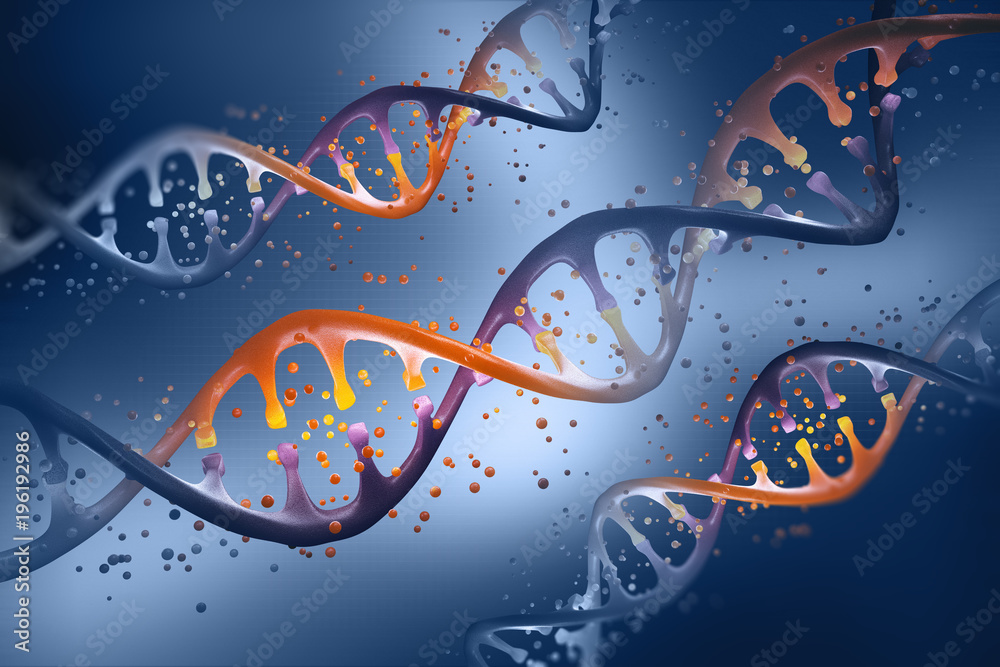New drugs and drug delivery systems are constantly being developed in the field of pharmaceuticals. One example of this is the use of biomacromolecules, which are peptides, proteins, and ribonucleic acids (RNAs) that are used to treat diseases. Peptides are short strings of amino acids, the building blocks of life. Proteins are chains of peptides that transport molecules, carry out chemical reactions, and perform other essential bodily functions. Lastly, RNAs are messages created from DNA with the instructions used to create proteins. These molecules have important roles in the body, which make biomacromolecules very promising: they are potent, they can target specific molecules, and they are safe. Additionally, biomacromolecules act as drug carriers that can bear a larger amount of drugs, are non-toxic, and do not trigger the body’s immune response.
So, why are biomacromolecules not already prominent in the field of pharmaceuticals? The main issue with biomacromolecules is that they are large and cannot easily pass through cell membranes to effectively deliver drugs–until recently. A novel technique now allows biomacromolecules to easily enter cells. Researchers encased biomacromolecules in microdroplets made of peptides, thus allowing the biomacromolecules to act as a “Trojan horse” in order to enter the cell. This overcame the previous issue of biomacromolecules having to enter the cell through endocytosis, where a molecule is enveloped in a sphere of the cell membrane when it enters and therefore requires an additional mechanism to free the molecule from the membrane. The microdroplets allow the biomacromolecule to bypass the endocytosis step; instead, the peptides pass through the cell membrane easily and then disintegrate to release the drugs. This disintegration step also allows the drug to operate at full strength!
Microdroplets could be the key to creating new treatments in the future.
Image Source: AndrewBrookes
In the study, researchers found that the microdroplet system was versatile and could successfully deliver and release molecules of all different weights and sizes, even some that are difficult to deliver with synthetic carriers. Additionally, it was found that the microdroplet system had a 99% success rate in entering the cell, compared to the 50-70% of current synthetic carriers. Thus, the versatility and high success rate make this microdroplet system used along with biomacromolecules a promising treatment option for cancer, metabolic, and infectious diseases.
Featured Image Source: Siarhei










